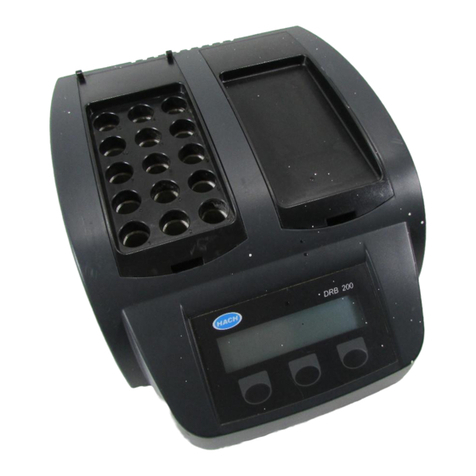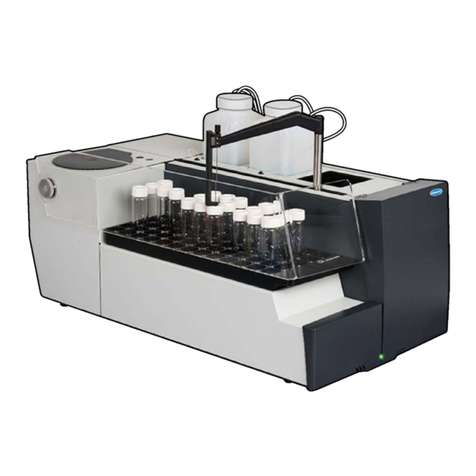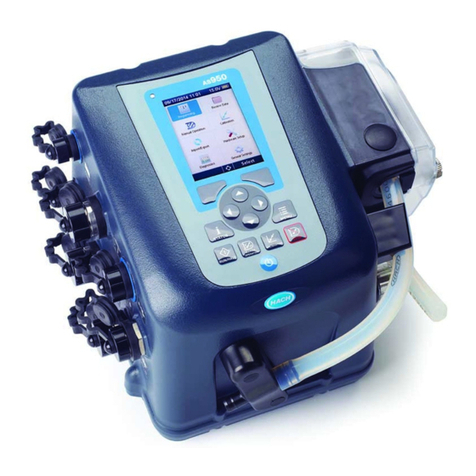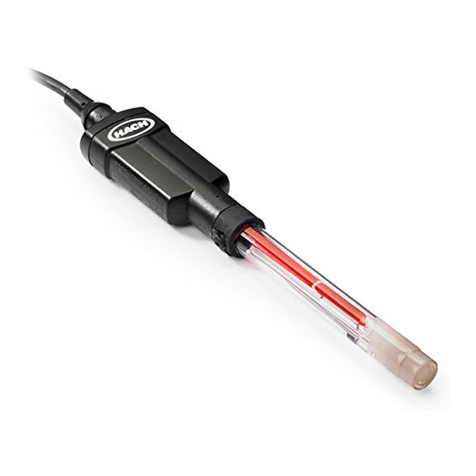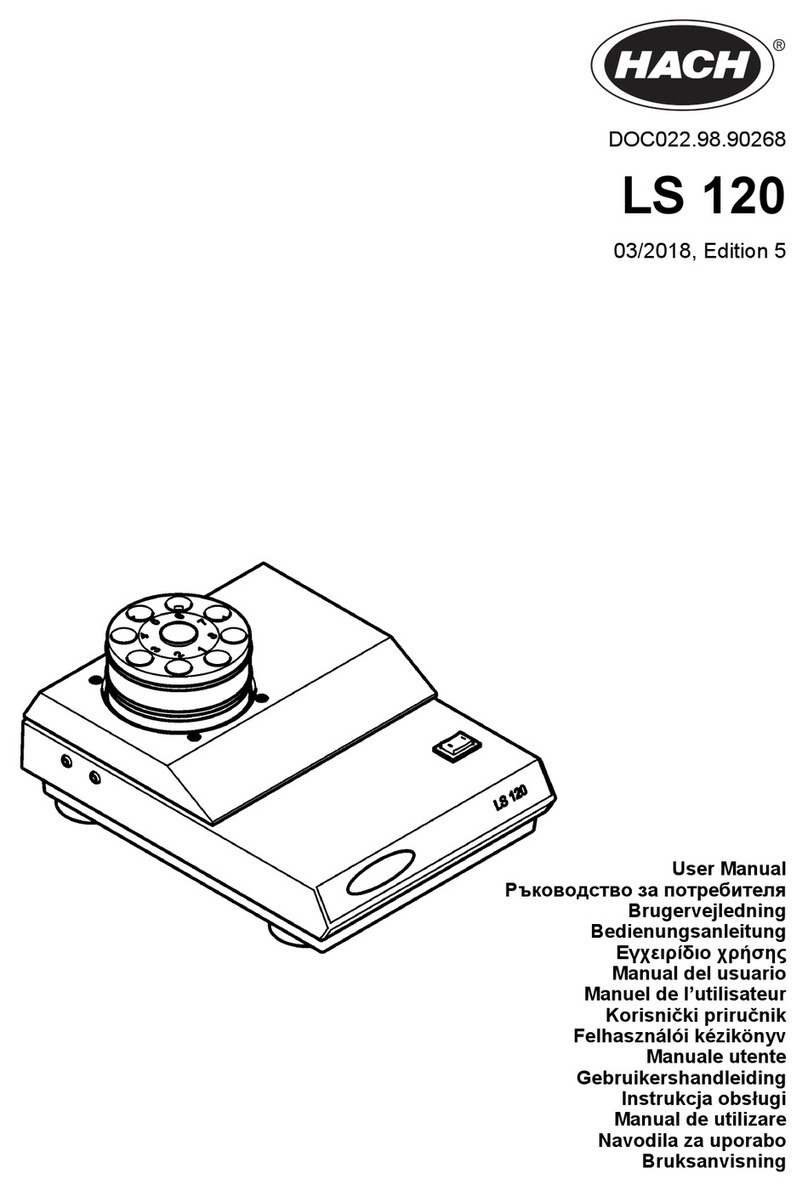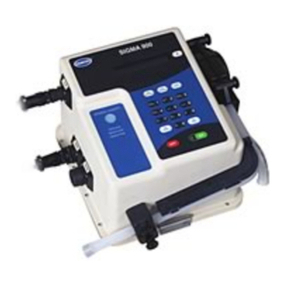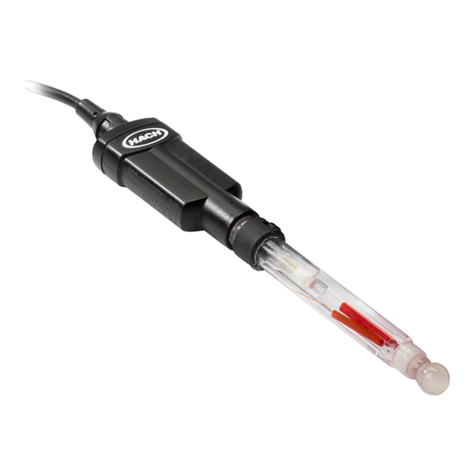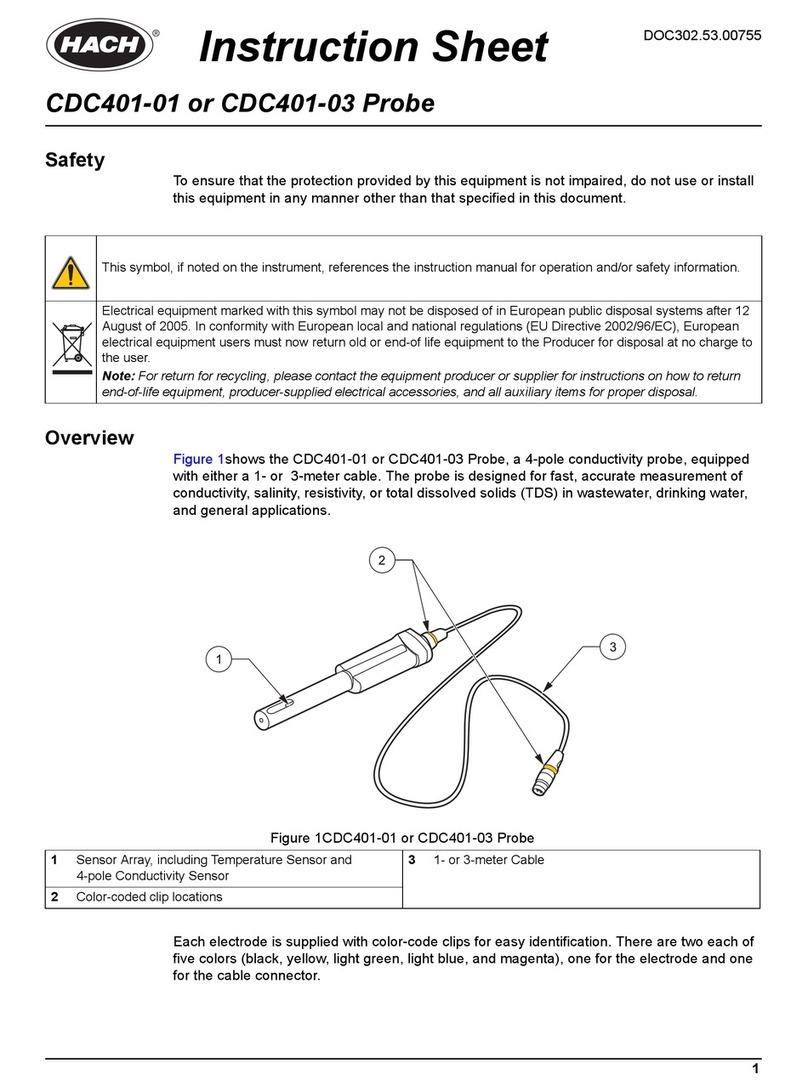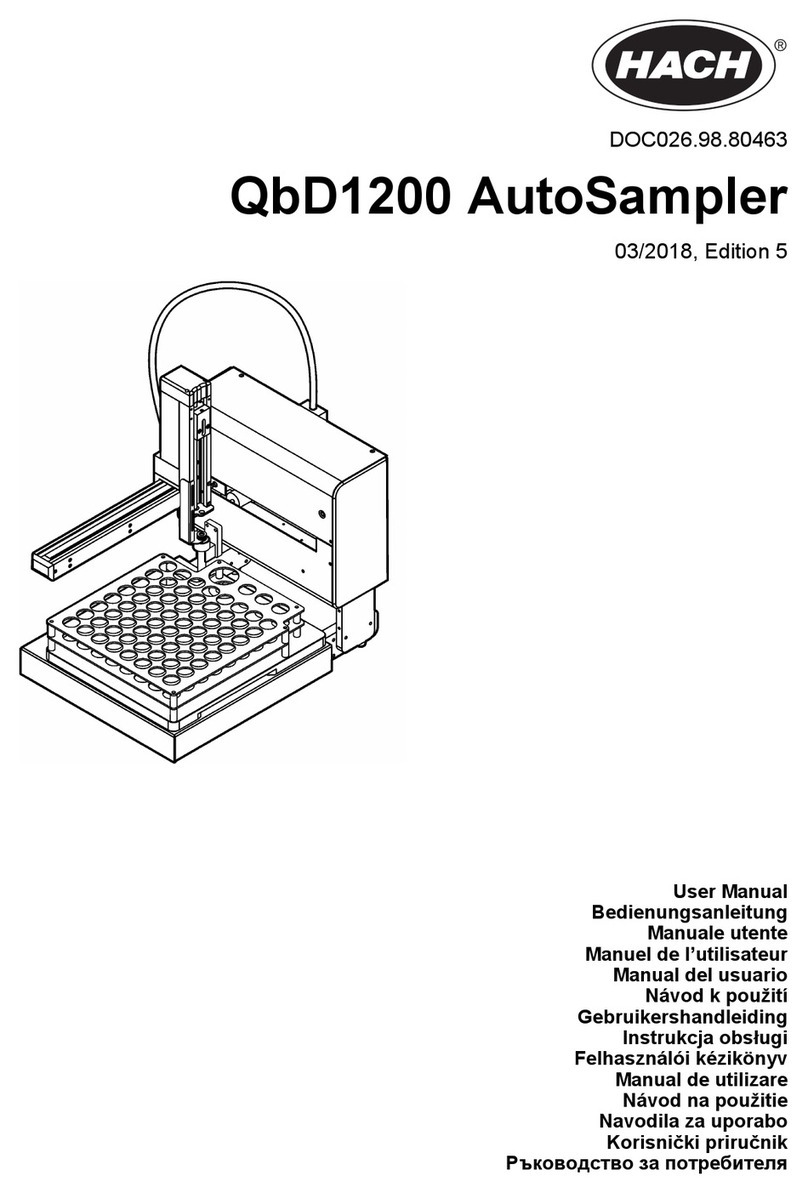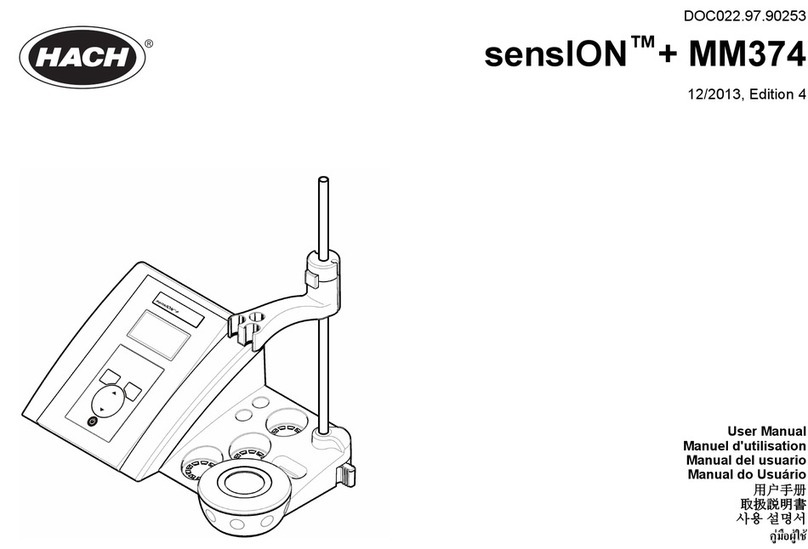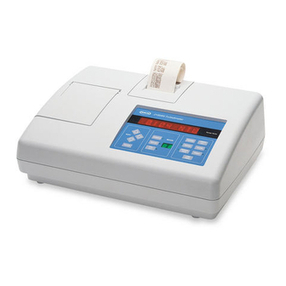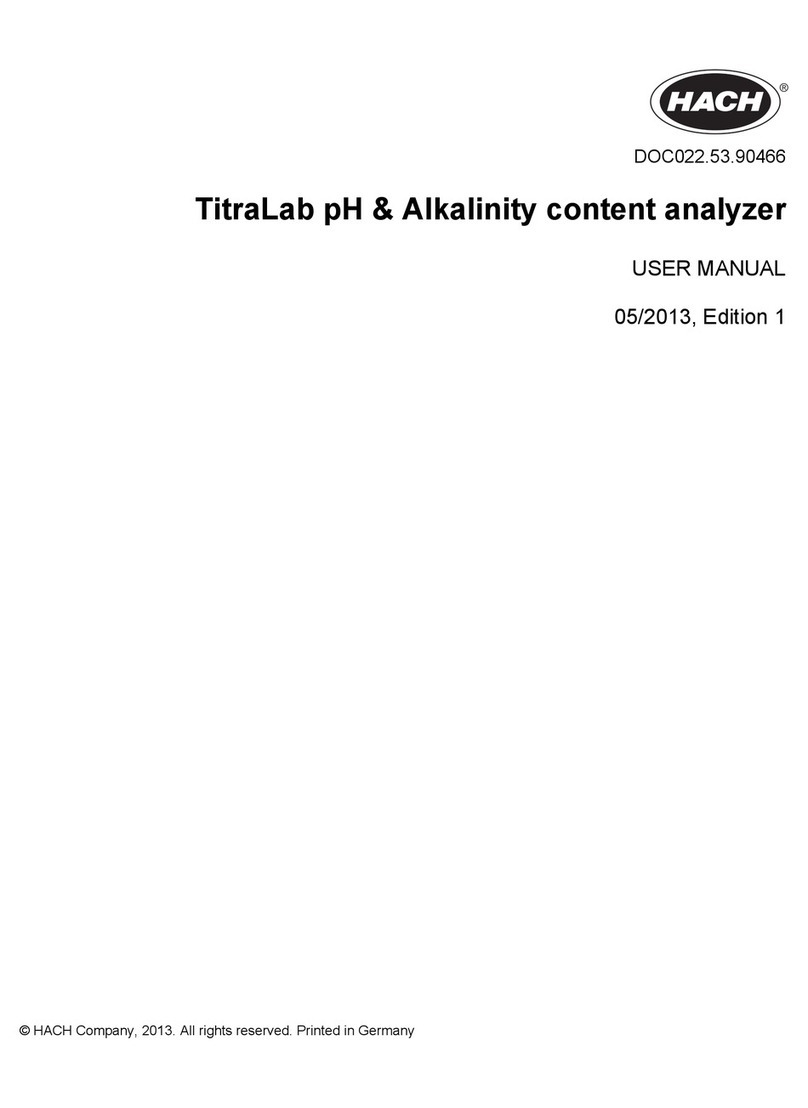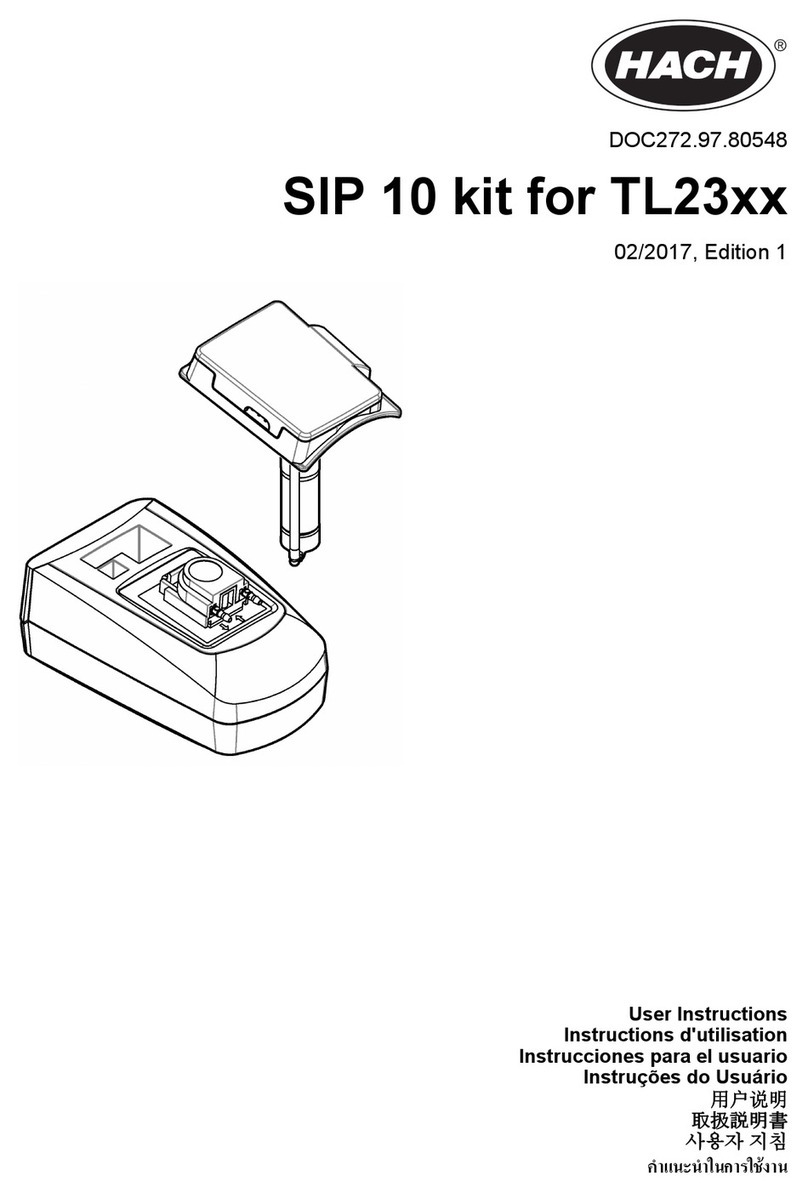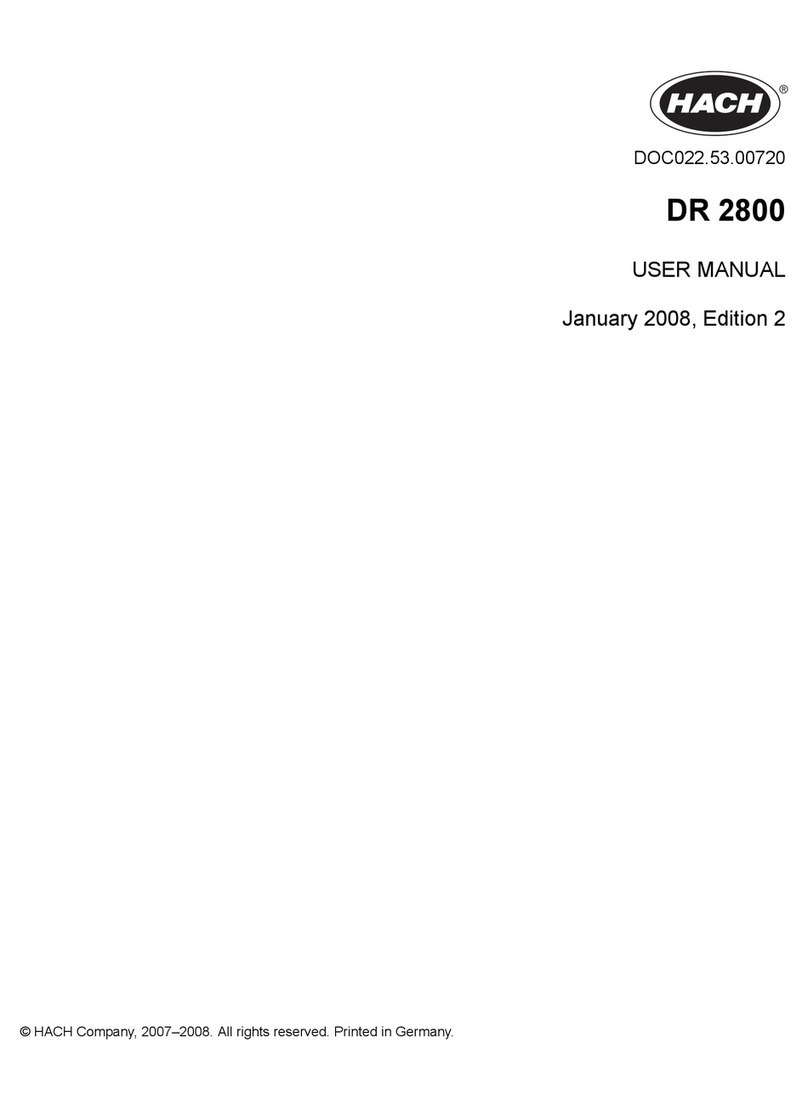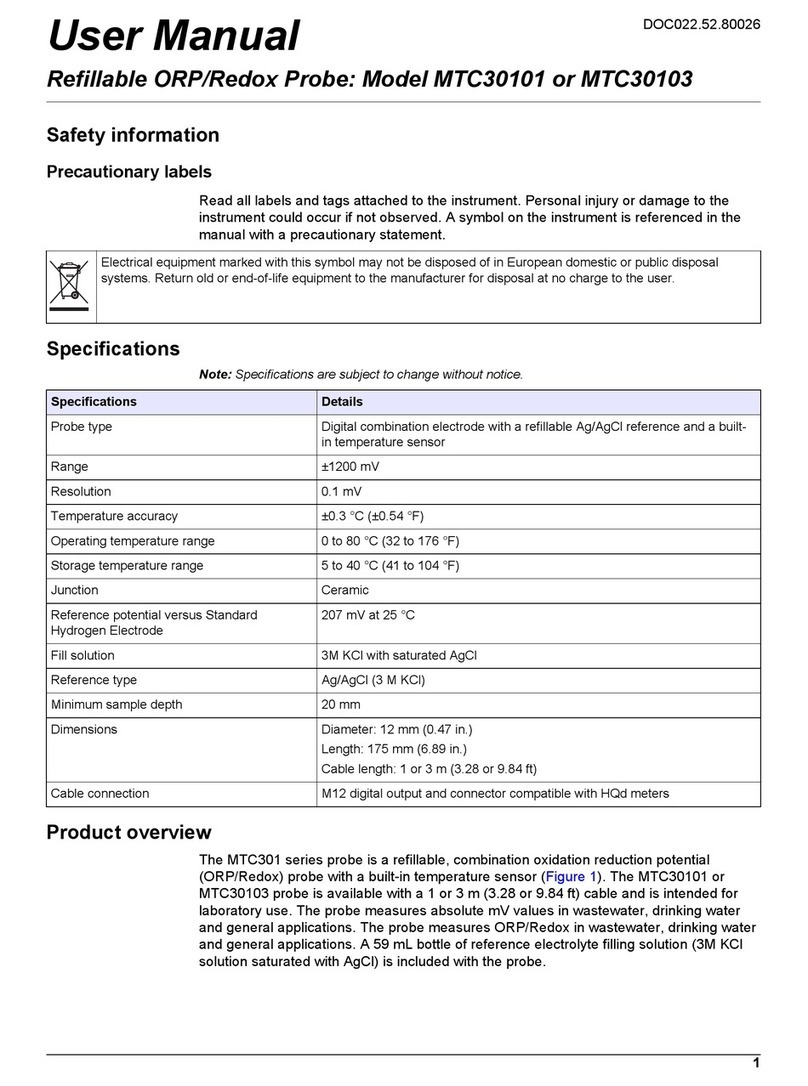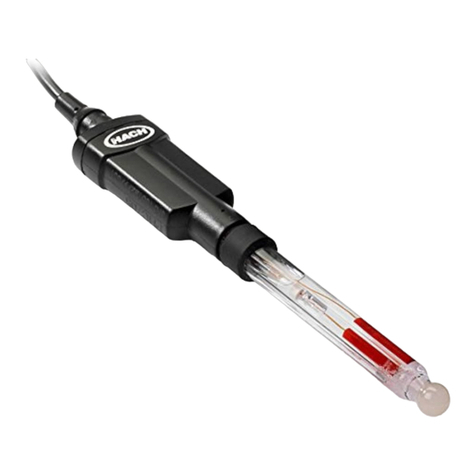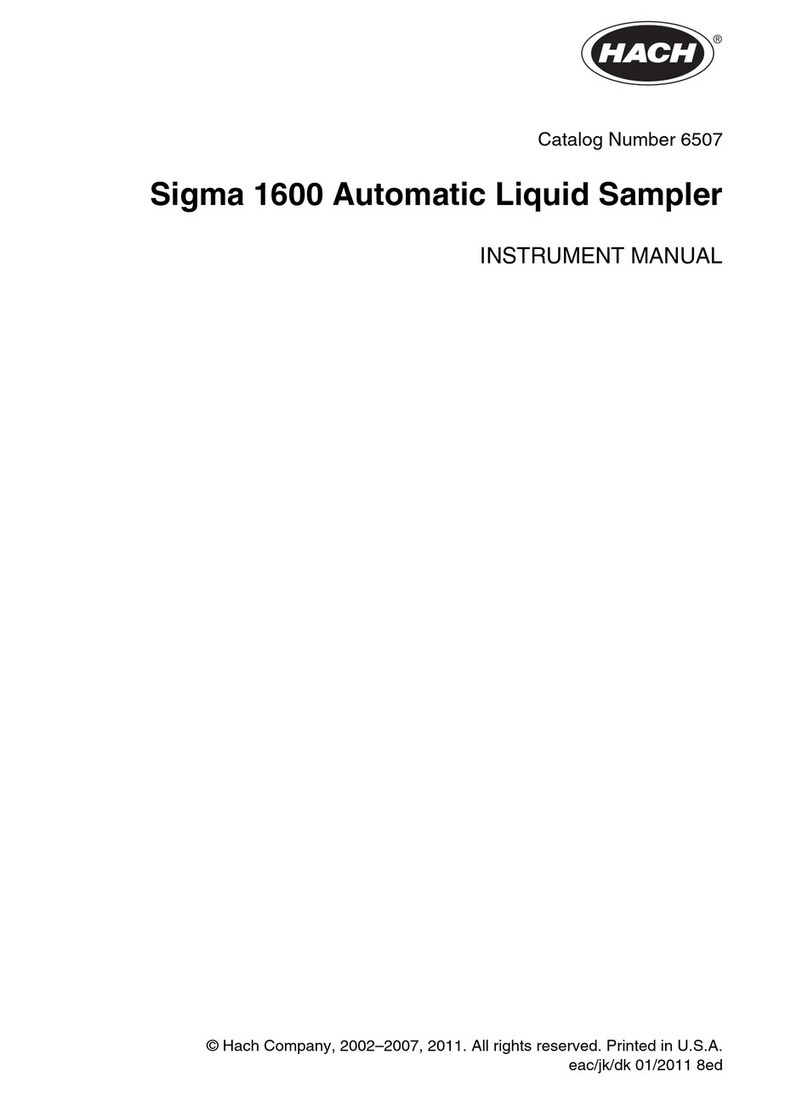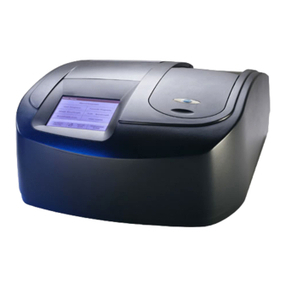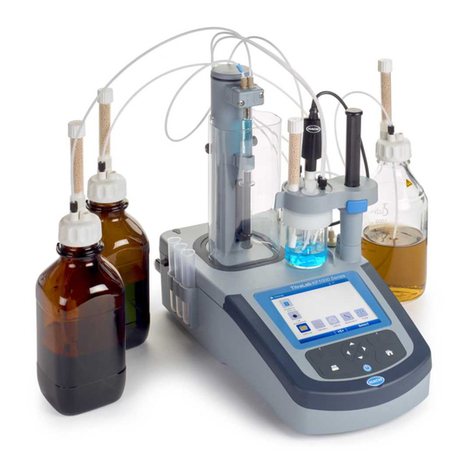
English 5
RFID module
RFID technology is a radio application. Radio applications are subject to
national conditions of authorization. The use of the LOC 100 is currently
permitted in the following countries: EU, Norway, Switzerland, Iceland,
Liechtenstein, Croatia, Turkey, USA, Canada, UAE, Australia and New
Zealand. The manufacturer advises that the use of the LOC 100 outside
of the above-mentioned regions may contravene national laws. The
manufacturer reserves the right also to obtain authorization in other
countries. In case of doubt, please contact the distributor.
The LOC 100 contains an RFID module to receive and transmit
information and data. The RFID module operates with a frequency of
13.56 MHz.
Certification (Integrated RFID module)
FCC ID: YCB-ZBA987
IC: 5879A-ZBA987
This device complies with Part 15 of the FCC rules and Industry Canada
license exempt RSS standard(s).
Operation is subject to the following two conditions:
1. this device may not cause interference, and
2. this device must accept any interference, including interference that
may cause undesired operation of the device."
Le présent appareil est conforme aux CNR d'Industrie Canada
applicables aux appareils radio exempts de licence.
L'exploitation est autorisée aux deux conditions suivantes :
1. l'appareil nedoit pas produire de brouillage, et
2. l'utilisateur de l'appareil doit accepter tout brouillage radioélectrique
subi, même si le brouillage est susceptible d'en compromettre le
fonctionnement."
Changes or modifications to this equipment not expressly approved by
the party responsible for compliance could void the user's authority to
operate the equipment.
This equipment has been tested and found to comply with the limits for a
Class A digital device, pursuant to Part 15 of the FCC rules. These limits
are designed to provide reasonable protection against harmful
interference when the equipment is operated in a commercial
environment. This equipment generates, uses and can radiate radio
frequency energy and, if not installed and used in accordance with the
instruction manual, may cause harmful interference to radio
communications. Operation of this equipment in a residential area is
likely to cause harmful interference, in which case the user will be
required to correct the interference at their expense. The following
techniques can be used to reduce interference problems:
1. Disconnect the equipment from its power source to verify that it is
or is not the source of the interference.
2. If the equipment is connected to the same outlet as the device
experiencing interference, connect the equipment to a different
outlet.
3. Move the equipment away from the device receiving the
interference.
4. Reposition the receiving antenna for the device receiving the
interference.
5. Try combinations of the above
Batteries
DANGER
Risk of fire and explosion.
Only use the NiMH rechargeable batteries (Type AA, 1.2 V / min. 2450 mAh)
provided in the measuring instrument and make sure that the batteries are
correctly inserted into the battery compartment. Incorrect insertion of the batteries
could cause damage to the instrument, fire or explosions.
Do not use nonrechargeable batteries under any circumstances. The use of
nonrechargeable batteries could cause damage to the instrument, fire or
explosions.
